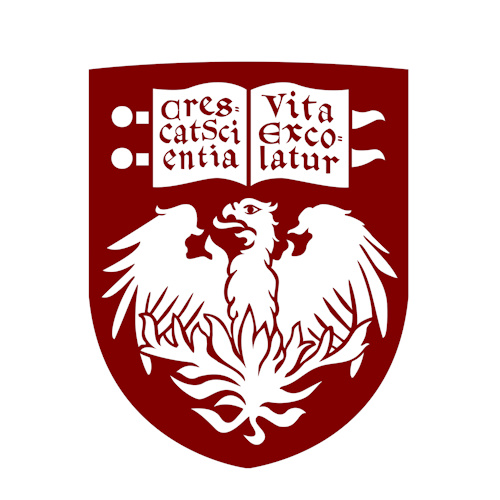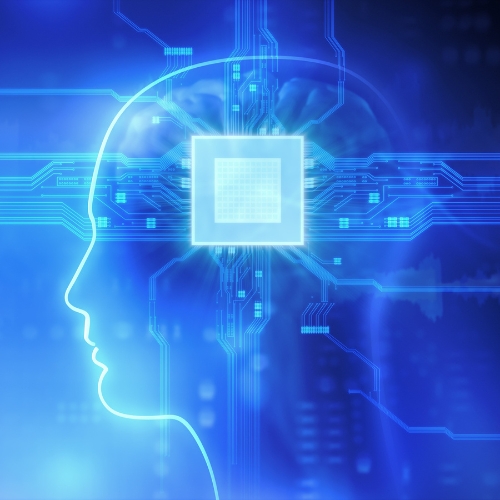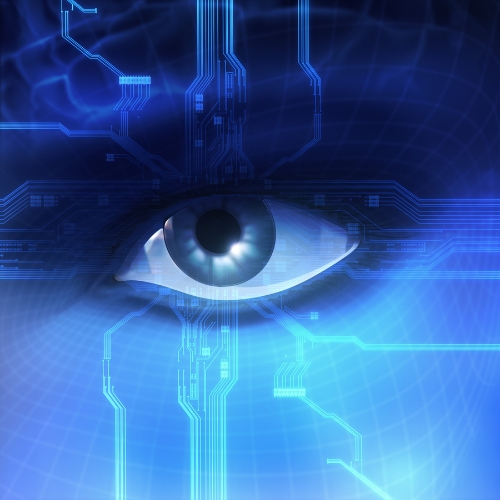Key points from article :
A device will generate a rough perception of sight for people with blindness.
A wireless microelectrode is part of this device & will be implanted in the visual cortexes of 5 participants.
Researchers will monitor how participants respond to the electrodes.
The device will receive signals based on images from a camera that the user wears on a headband.
Signals command the implanted devices to electrically stimulate neurones to produce visual perception of tiny white spots called phosphenes.
These white spots can form images that can help people with blindness recognise objects.
“This visual prosthesis will aid in navigating spaces by identifying edges of walls, openings such as doors and windows, and maybe motion.” Dr. Stuart Cogan, U of Texas.
The first participant is expected to receive an implant in March 2022.







